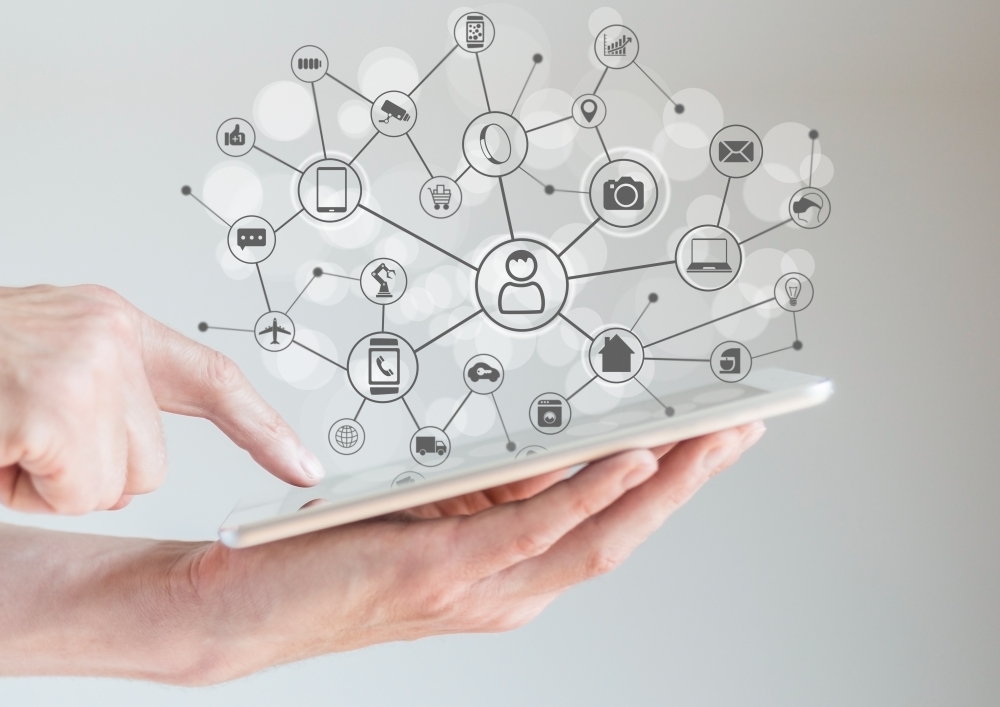
Muscat: The Internet of Things (IoT) platform in Oman is ready and different sectors need to begin implementing it soon, as the next revolution in technology is here, said the chief operating officer (CEO) of Information Technology Authority (ITA).
IoT is a technology that aims to connect devices that are usually not connected to the internet, such as air conditioners, cars, refrigerators and other daily life appliances, as well as industrial equipment.
**media[780668]**
The objective of the technology is to provide a more efficient method of operations and eliminate unexpected disruption in the daily routine. With infrastructure in the Sultanate ready, it is time for companies in both the government and private sectors to decide on the right business case and the methods to implement the technology.
“The platform for IoT in Oman is ready, and it is now up to the sectors to implement it as they want. The major sectors looking to implement it are manufacturing, logistics and tourism,” Salim Al Ruzaiqi, CEO of ITA, told Times of Oman.
“We are addressing the aspect of smart infrastructure that will help in IoT integration. According to the eOman strategy approved in 2013, we have identified seven pillars. One of them is smart infrastructure that is very important to facilitate future businesses in Oman.
“We have installed fibre optic cables in the whole country and have got the IoT infrastructure ready. Security should be part of the design, and we are doing it with CERT (Computer Emergency Response Team). Another pillar is building the right skill sets and developing human resources in this area,” he emphasised.
Estimates show that 50 billion devices may be connected to the internet by 2020 around the world, with investments in the technology reaching billions of dollars. According to an official from Ooredoo, more than quarter of a million industrial devices in Oman will be connected to perform machine-to-machine communication. This can include automation and maintenance systems and smart meters, among others; however, the number of consumer devices connected can be much higher.
“More than 250,000 is an estimate by 2020, but these are just B2B (Business to Business) systems. The total connected systems can be much higher than this, as every household can have 10 devices such as phones, lights, laptops or even shoes connected. However, we expect utilities to adopt IoT first followed by the energy companies,” noted Mohammed Najwani, Section Head, B2B Partnership Management at Ooredoo.
Sensors on connected devices collect data, analyse them and display meaningful information to the users to help them make decisions.
These devices are connected to the network using Low Powered Wide Area Network (LPWAN), a wireless network technology that can provide long range communication with low bit rate that keeps power usage low and allows battery-operated sensors to function longer.
This differs from the regular wireless WAN that is designed to carry more data and consume more power.
According to Anshul Srivatsav, chief information officer (CIO) and Digital Officer at Union Insurance, if challenges including mindset, insecurity and fear are overcome, a huge opportunity lies ahead for the IoT market.
“More than 250,000 cars will be connected to the IoT network and will contribute trillions of dollars in GDP. You have no choice but to adapt to it. Whether you do it or not, things will get connected, so we need to change the mindset of the people,” he added.